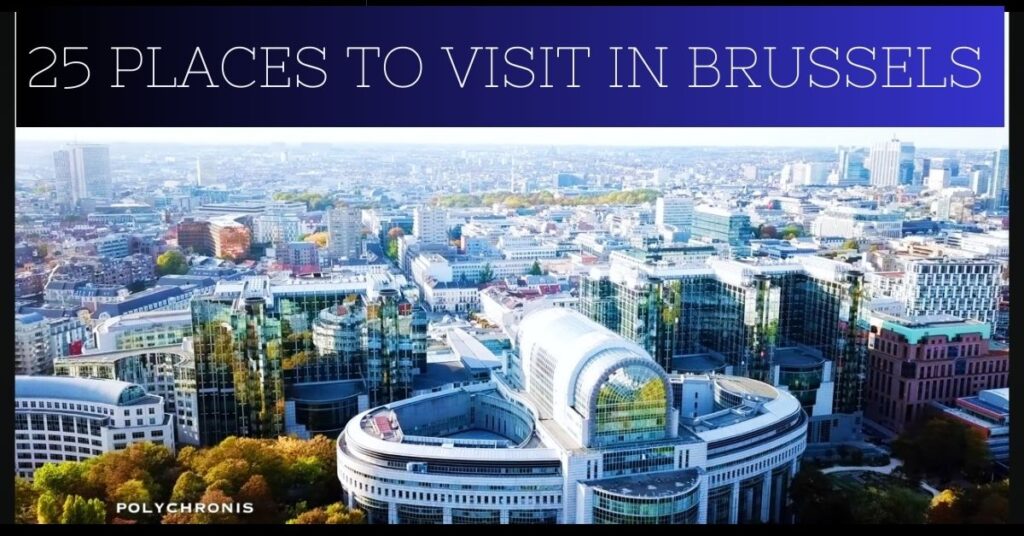Discover the heart of Brussels, the capital of Belgium, with a curated list of “25 places to visit in Brussels.” From the Grand Place to the Manneken Pis, Brussels offers a blend of rich history, cultural gems, and modern wonders. Explore iconic landmarks like the Grand Place and Manneken Pis, as well as the futuristic Atomium.
Immerse yourself in the surreal world of René Magritte at the Magritte Museum, uncover hidden treasures at the Coudenberg Palace Archaeological Site, and marvel at the architectural splendor of Saints-Michel and Gudula Cathedral. Indulge in the Brussels Chocolate Village, stroll through the Galeries Royales Saint-Hubert, and savor the finest craft beers at the Brussels Beer Project.
This list ensures an unforgettable exploration of Brussels, the heart of Europe, for history buffs, art enthusiasts, and foodies. Plan your trip now and make the most of your visit to this captivating Belgian capital.
1) Grand Place (Grote Markt):
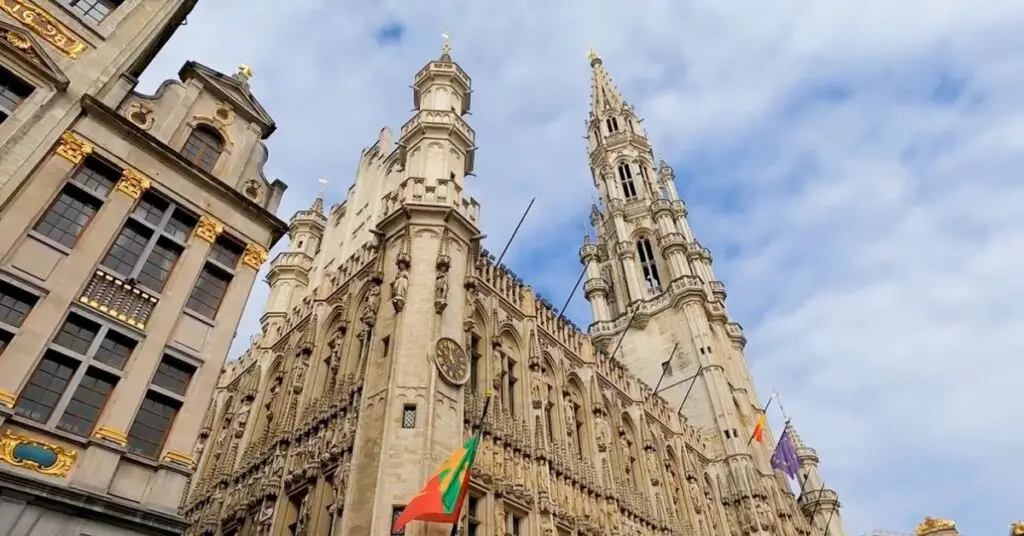
The Grand Place, also known as Grote Markt, is a UNESCO World Heritage Site in Brussels, Belgium, known for its stunning Flemish Baroque architecture. Surrounded by guild houses, the Town Hall, and the Maison du Roi, the square showcases intricate carvings and sculptures, while the Town Hall stands tall with its belfry.
The square also features fountains and statues, including the famous Manneken Pis. As a popular tourist destination, the Grand Place is vibrant and filled with activity, offering opportunities to observe people, shop, or simply relax in the delightful atmosphere.
2) Manneken Pis:
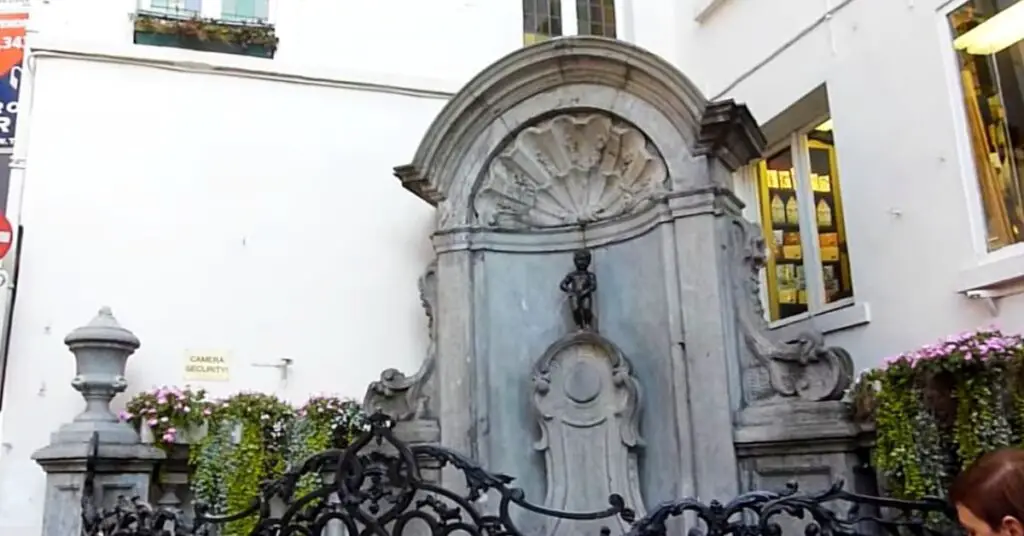
Manneken Pis is a 55.5-cm bronze fountain sculpture in central Brussels, Belgium, depicting a naked little boy urinating into the basin. Originally redesigned by Brabantine sculptor Jérôme Duquesnoy the Elder in 1619, the statue has been stolen or damaged multiple times. Since 1965, a replica has been displayed, with the original in the Brussels City Museum.
Manneken Pis is a symbol of Brussels and Belgium, inspiring legends and imitations. It is regularly dressed up and has around 1,000 costumes. Since 2017, a dedicated museum called Garderobe Manneken Pis has exhibited the statue. The statue is a popular tourist attraction and a subject for photographs and paintings.
3) Atomium:
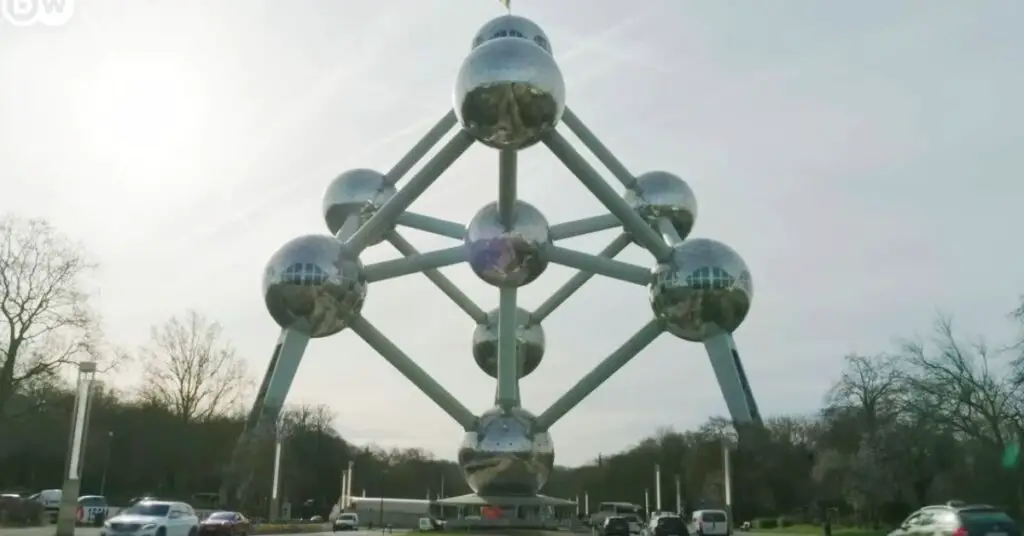
The Atomium, a 102-meter-tall landmark in Brussels, Belgium, is a unique and iconic experience. Built for the 1958 World’s Fair, it features nine interconnected stainless steel spheres representing an iron crystal magnified 165 billion times. The spheres are connected by tubes that house escalators and elevators, providing visitors with panoramic views of Brussels.
Inside each sphere, visitors can experience a journey through time, including a futuristic restaurant with 360-degree views and exhibits showcasing the atom’s history, the 1958 World’s Fair, and Belgian science and technology. The Atomium is an interactive experience, offering visitors the chance to climb stairs, enjoy light shows, or relax in the park.
4) The Royal Palace of Brussels:
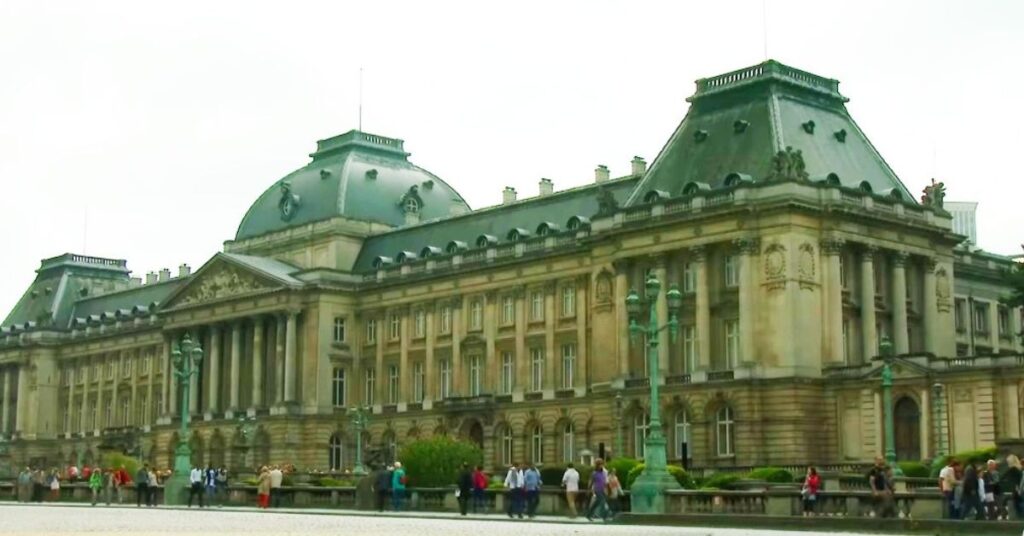
The Royal Palace of Brussels is the official residence of the Belgian King and Queen, but not their residence. They reside in the Royal Palace of Laeken in the northern part of the city. The palace is used for official functions, hosting foreign dignitaries and state dinners, and for the king’s daily work.
During the summer months, the palace is open to the public for guided tours, but tickets are sold out quickly. Built between 1820 and 1934 in a neoclassical style, it features over 300 rooms, including the throne room, hall of mirrors, and grand ballroom, and is surrounded by the Warandepark.
5) Magritte Museum:
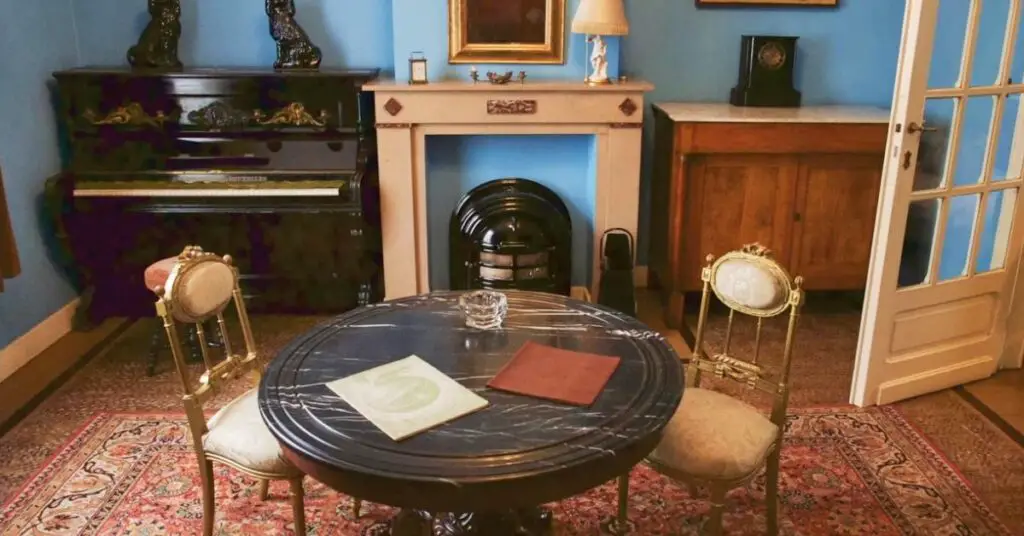
The Magritte Museum in Brussels, Belgium, is a museum dedicated to the life and works of René Magritte, a key figure in the surrealist movement. Established in 2009, it houses one of the world’s largest collections of Magritte’s works, including paintings, sculptures, and personal artifacts.
The museum showcases Magritte’s evolution from traditional to surreal and philosophical pieces, offering a comprehensive overview of his artistic development.
The museum includes iconic pieces like “The Treachery of Images” and “The Son of Man.” Visitors can explore the various phases of Magritte’s artistic development and gain a deeper understanding of his unique contribution to the surrealist movement.
6) Belgian Comic Strip Center:
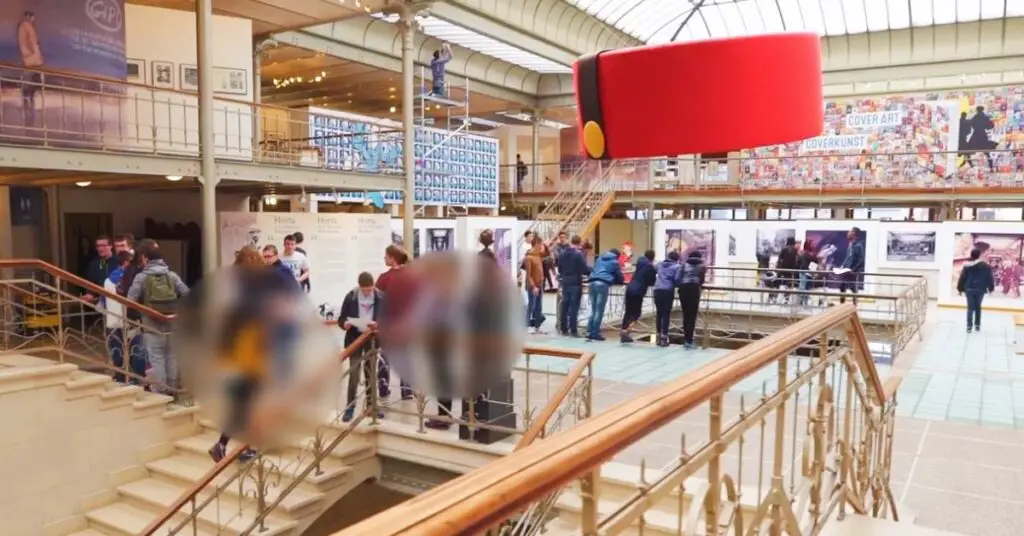
The Belgian Comic Strip Center, also known as “Ninth Art,” is a must-visit museum in Brussels. It offers a fascinating history of Belgian comics, from early pioneers like Töpffer and Hergé to contemporary masters like François Schuiten and Peyo. Visitors can explore the evolution of Belgian comics through original drawings, sketches, and artifacts.
The museum features iconic characters like Tintin, the Smurfs, Lucky Luke, and Asterix and is a work of art with its Art Nouveau architecture. The center also hosts temporary exhibitions showcasing specific artists, themes, or genres within Belgian comics. Visitors can also grab a souvenir at the gift shop, which offers comic-related items.
7) Coudenberg Palace Archaeological Site:
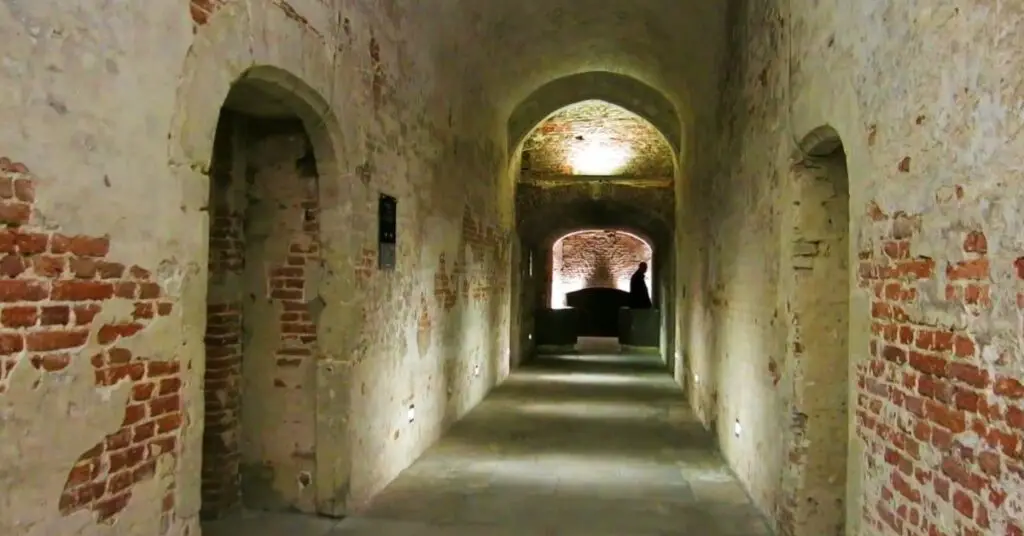
The Coudenberg Palace Archaeological Site in Brussels offers a fascinating journey through the city’s rich history, revealing a network of underground chambers and passages. Visitors can explore the palace’s past, including its transformation from a fortified castle in the 12th century to a luxurious royal residence in the 16th and 17th centuries.
The site also houses the Hoogstraeten House, a Gothic mansion that houses a museum showcasing archaeological finds. Interactive exhibits and multimedia presentations provide an immersive experience, allowing visitors to connect with Brussels’ past and imagine the grandeur of a bygone era.
8) Royal Greenhouses of Laeken:
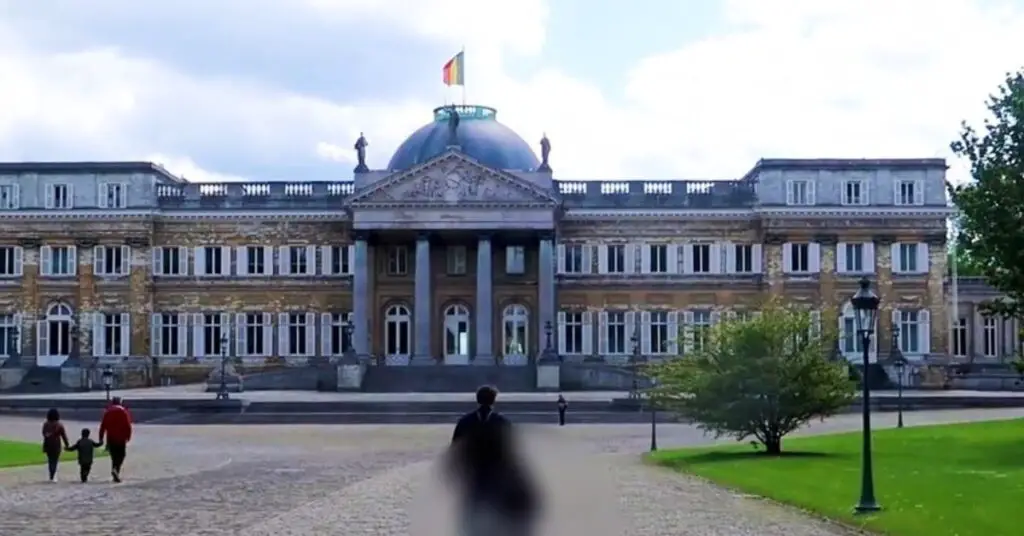
The Royal Greenhouses of Laeken, located in Brussels’ Royal Palace, are a hidden gem offering a blend of botanical wonder, architectural marvel, and royal history. These 19th-century glass structures house an immense collection of plants from around the world, creating a breathtaking spectacle for visitors.
The greenhouses were designed by Alphonse Balat and are a testament to the Belgian monarchy’s history. They are only open to the public for a few weeks each spring, typically during April and May. Visitors can enjoy guided tours to learn about the greenhouses’ history and architecture.
9) Parc du Cinquantenaire:
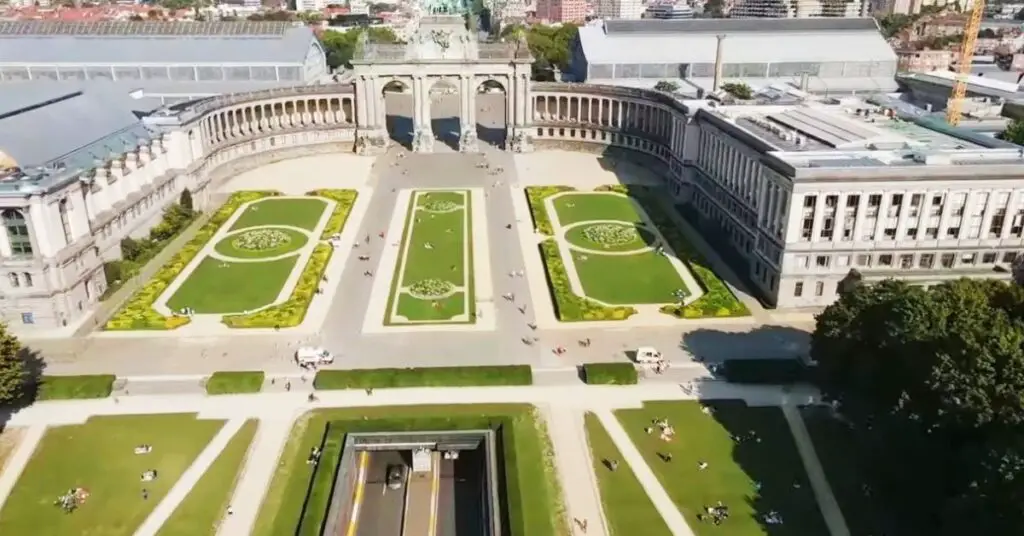
Parc du Cinquantenaire, also known as Jubelpark, is a large public park in Brussels, Belgium, built in 1880 to commemorate the 50th anniversary of the Belgian Revolution. It houses several museums, including the Royal Museums of Art and History, the Royal Army Museum, and the Autoworld Museum.
The park is also home to the iconic Arc de Triomphe du Cinquantenaire, a triumphal arch. Visitors can explore the park’s gardens, take a carousel or miniature train ride, and visit the Temple of Human Passions, a neoclassical pavilion with a marble relief by Jef Lambeaux.
10) Autoworld:
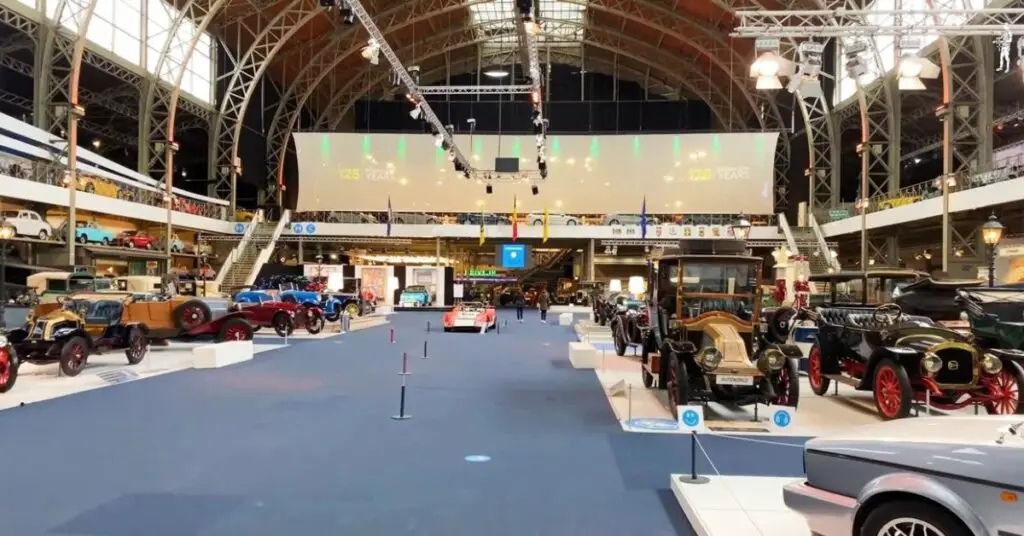
Autoworld is a Brussels museum that offers a thrilling journey through automotive history. Located in the prestigious Cinquantenaire Park building, it features over 400 iconic vehicles, from early horseless carriages to modern racing cars.
Visitors can also explore iconic collections like the Bugatti Atlantic, Rolls-Royce Phantom, and Ferrari F40. Interactive exhibits and multimedia presentations bring the history of the automobile to life, showcasing pioneering engineers, daring racers, and their cultural impact. Autoworld also hosts special events throughout the year to delve deeper into specific themes, eras, or manufacturers.
11) Horta Museum:
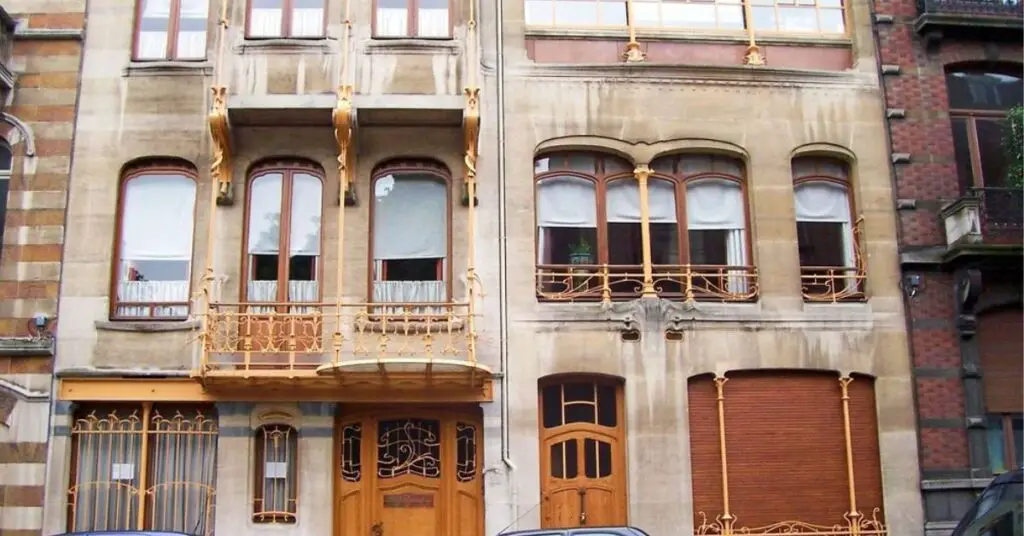
The Horta Museum, housed in the former home and atelier of Belgian architect Victor Horta, is a must-visit for those interested in Art Nouveau in Brussels.
The museum is not just an architectural masterpiece but a time capsule that transports visitors to the turn of the 20th century. It features an ironwork staircase with floral motifs, stained glass windows, and mosaic floors.
Visitors can also explore Horta’s life, including his living quarters, studio, and private bathroom. The museum also explores the social and cultural context of Art Nouveau, illustrating how Horta’s designs embodied the spirit of a changing era.
12) Mini-Europe:
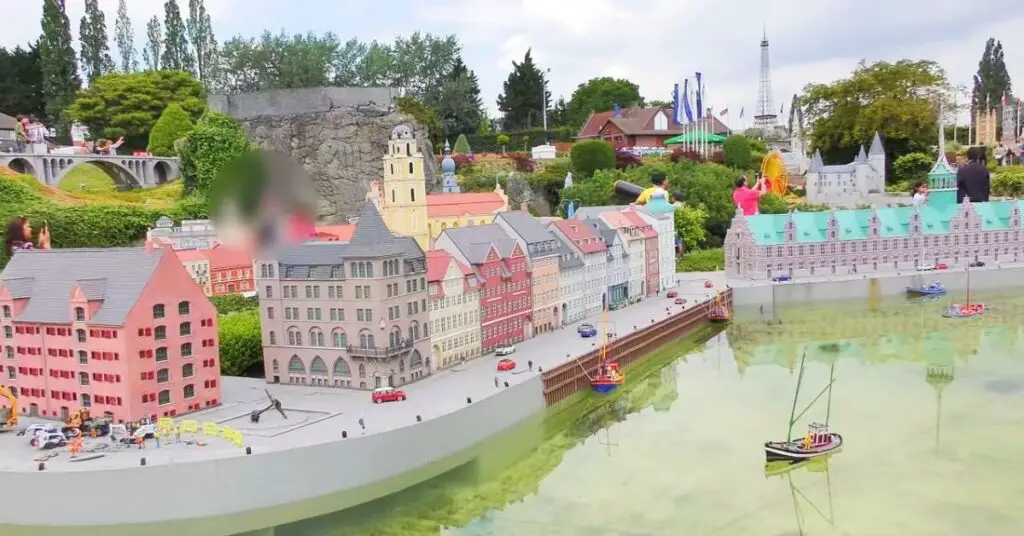
Mini-Europe, a charming park in Brussels’ Brussels Park, offers a miniaturized adventure through the heart of Europe. With over 350 miniatures representing iconic landmarks from 27 European countries, visitors can experience a whirlwind tour of the continent without ever leaving Brussels. The park also features interactive elements, such as mini trains, volcanoes, and even singing gondoliers in Venice.
Mini-Europe also offers a learning experience, allowing visitors to learn about the different countries and cultures represented, their historical significance, and architectural marvels. The park is divided into themed areas like Central Europe, the Mediterranean, and the European Union, each with its own unique charm and atmosphere.
13) Brussels City Museum:
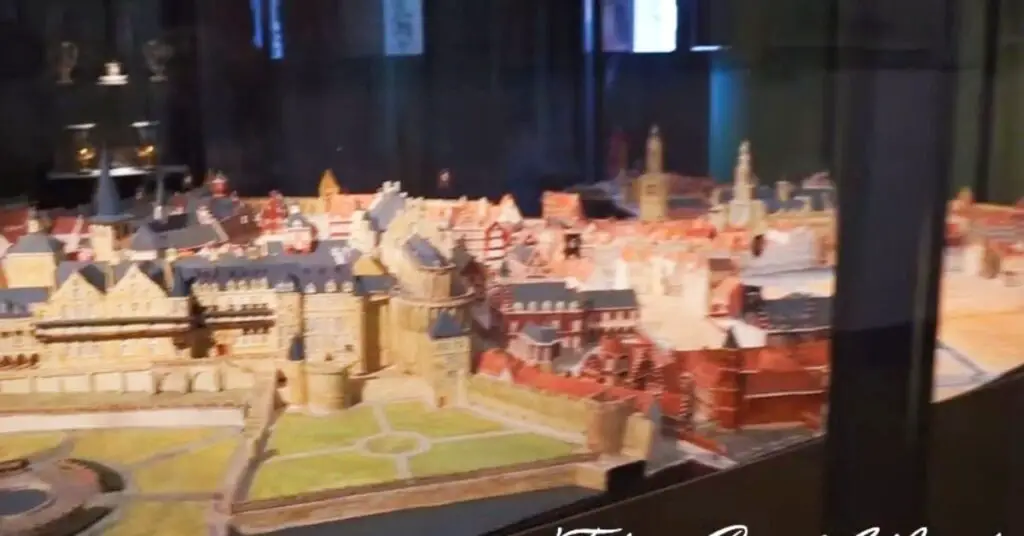
The Brussels City Museum, housed in the historic Broodhuis building, is a rich museum that showcases the city’s evolution from a small settlement to a bustling capital. Visitors can admire iconic objects like Town Hall sculptures and Brussels tapestries.
The museum also provides insights into the everyday lives of Brussels citizens, including fashion, housing, and industry. Interactive exhibits and multimedia presentations bring history to life, while temporary exhibitions explore specific themes, artists, or periods in the city. The museum is a treasure trove for anyone interested in the city’s history and folklore.
14) Saint-Michel and Saint-Gudula Cathedral:
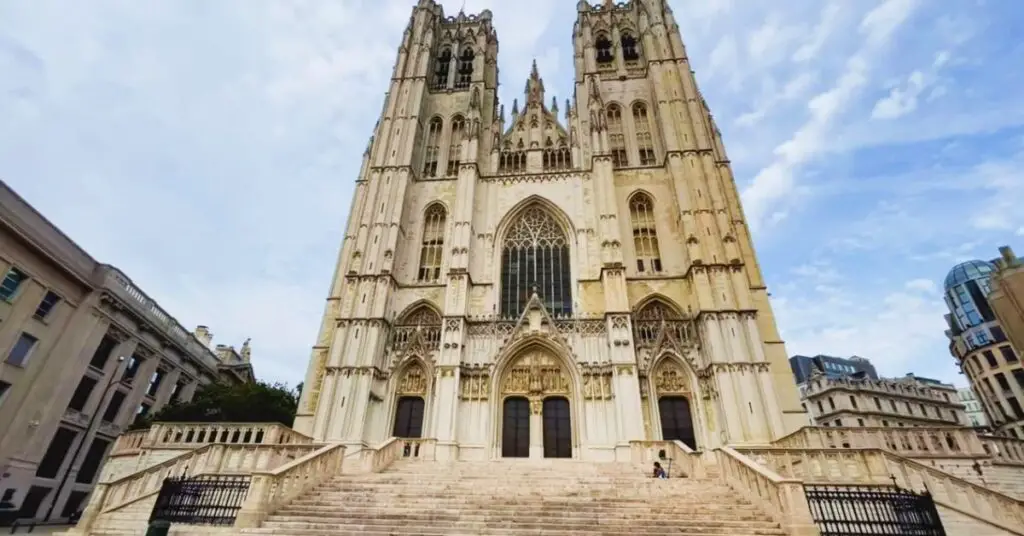
St. Gudula Cathedral, also known as Saint-Michel and Saint-Gudula Cathedral, is a historic landmark in Brussels, known for its Gothic architecture and religious significance. Originating in the 11th century, it took 300 years to complete its Gothic form.
The cathedral’s Romanesque nave, choir stalls, and stained glass windows showcase its architectural brilliance. As the co-cathedral of the Archdiocese of Mechelen-Brussels, it remains a significant place of worship for Catholics in Belgium. It also hosts significant national events, such as royal weddings and state funerals, reflecting the city’s history and cultural significance.
15) BELvue Museum:
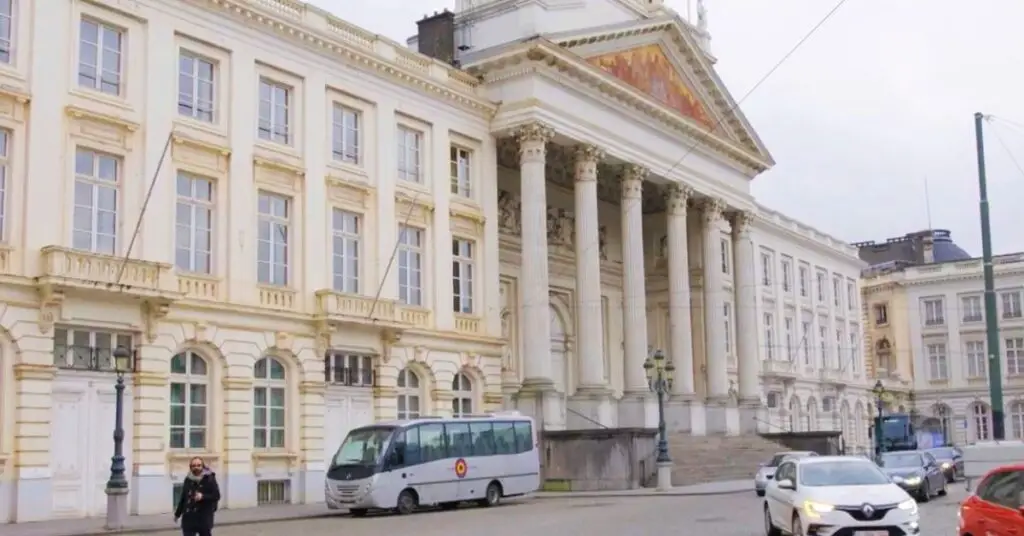
The BELvue Museum in Brussels is a modern, engaging museum that offers a unique journey through Belgium’s history and identity. Divided into seven rooms, it focuses on various aspects of Belgian identity, such as independence, economic achievements, social welfare commitment, and the cultural landscape.
The museum is constantly evolving with temporary exhibitions that explore specific themes or historical periods, such as the Belgian colonial past, women’s role in society, and contributions to science and technology. Visitors can engage in interactive fun by guessing objects, testing their knowledge of Belgian trivia, and contributing to the ongoing dialogue about the country’s future.
16) Sablon District:
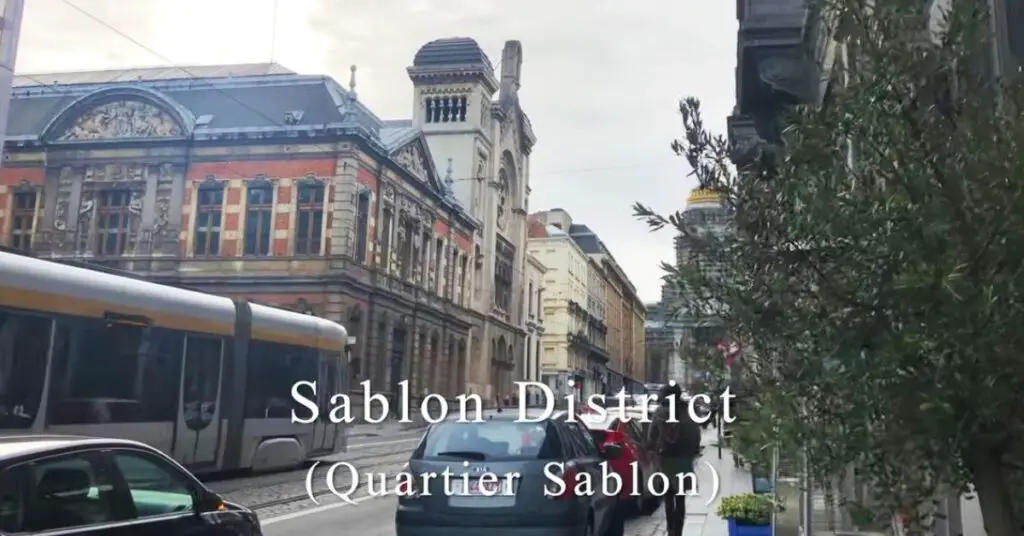
The Sablon District, also known as Zavel in Dutch, is a charming and sophisticated neighborhood in Brussels, known for its blend of history, art, antiques, and luxury. The district dates back to the 13th century and is home to a thriving antiques market, showcasing a variety of treasures, from antique furniture to vintage jewelry.
The Sablon is also a culinary paradise, offering Michelin-starred restaurants, cozy cafes, and charming bistros. Beyond the bustling squares, the Sablon offers serene spaces like the Petit Sablon, a picturesque square with flowerbeds and bronze statues.
Visitors can explore the antiques market, visit the Musées Royaux des Beaux-Arts de Belgique, relax in the Petit Sablon, explore the charming streets, sample delicious Belgian and international cuisine, and enjoy a drink at a cozy bar.
17) Place du Grand Sablon:
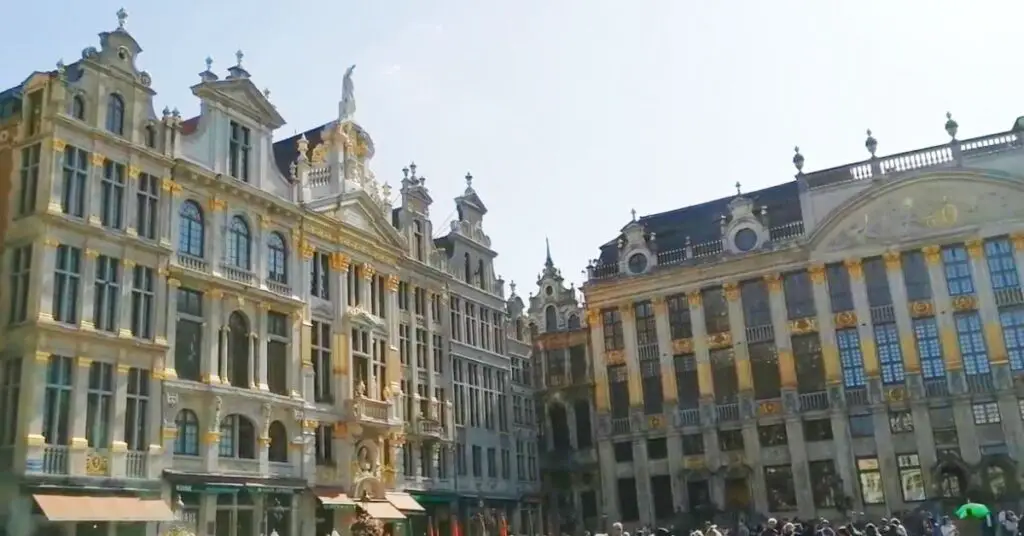
Place du Grand Sablon, also known as Grand Sablon or Sablon Square, is a historic public square in Brussels, Belgium. Originally a sand pit in the 12th century, it evolved into a market square and a popular gathering place for artists and intellectuals. In the 19th century, it underwent a major renovation, restoring guild houses and landscaping with trees and fountains.
The square is home to notable landmarks like the Maison du Roi, which houses the Brussels City Museum, the Maison du Roi des Belges, which houses the Belgian Royal Library, and the Minerva Fountain. It has played a significant role in Brussels’ history, including the execution of the Duke of Brabant in 1430 and the signing of the Peace of Utrecht in 1713.
The Sablon Antiques Market, held every Saturday and Sunday, is one of Europe’s largest and most prestigious antiques markets. Visitors can explore the square, enjoy culinary experiences, and enjoy drinks at cozy bars.
18) Mont des Arts:
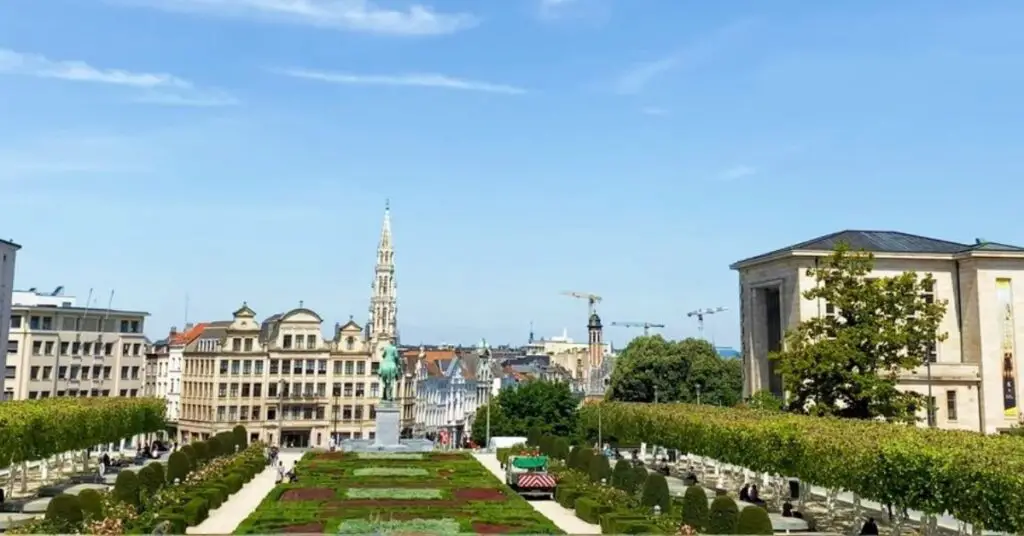
The Mont des Arts is a popular urban park and museum complex in Brussels, Belgium, featuring the Royal Library of Belgium, the National Archives of Belgium, the Square Brussels Meeting Centre, and a public garden. Originally designed for the 1910 Universal Exhibition, it was expanded in the 1950s and 1960s and now houses important cultural institutions.
The Royal Library of Belgium houses a vast collection of books, manuscripts, and documents, while the National Archives houses government documents. The Mont des Arts offers stunning city views, cultural attractions, and beautiful gardens, making it a popular destination for tourists and locals alike.
19) Ixelles Ponds:
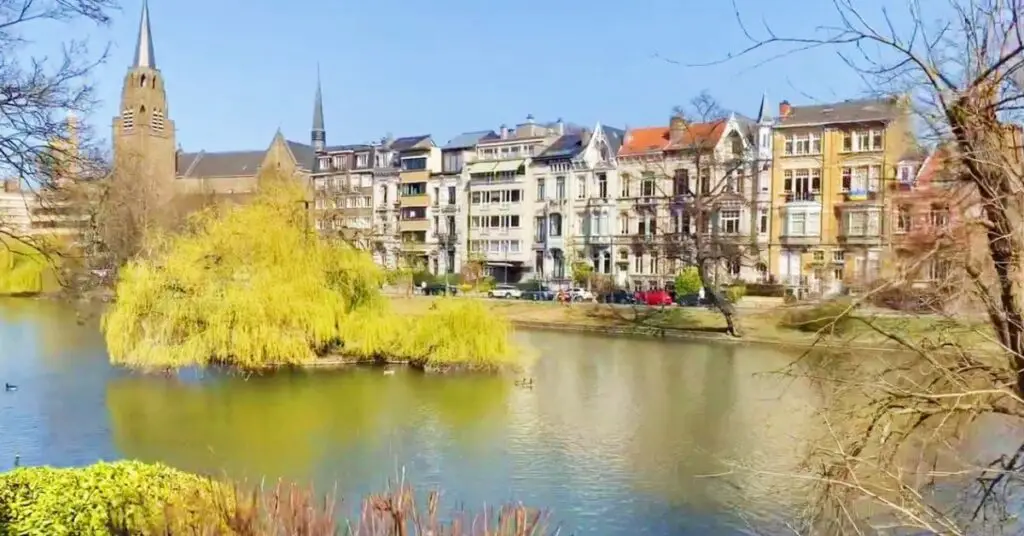
The Ixelles Ponds, located between the Abbey of La Cambre and Flagey Square, are a picturesque escape from the city’s bustle. The ponds offer a breath of fresh air, a glimpse of history, and a variety of activities for everyone.
Visitors can enjoy a boat ride, rent a bike, or join a guided tour to learn about the area’s history and natural beauty. The ponds are a popular spot for locals and tourists, with families gathering for picnics, joggers enjoying the scenic paths, and artists finding inspiration in the serene surroundings. The weekly market at Place Flagey adds to the lively atmosphere. Beyond the ponds, the nearby Bois de la Cambre offers vast greenery, while the Flagey area is a hub of trendy cafes, restaurants, and shops.
20) Flagey Building:
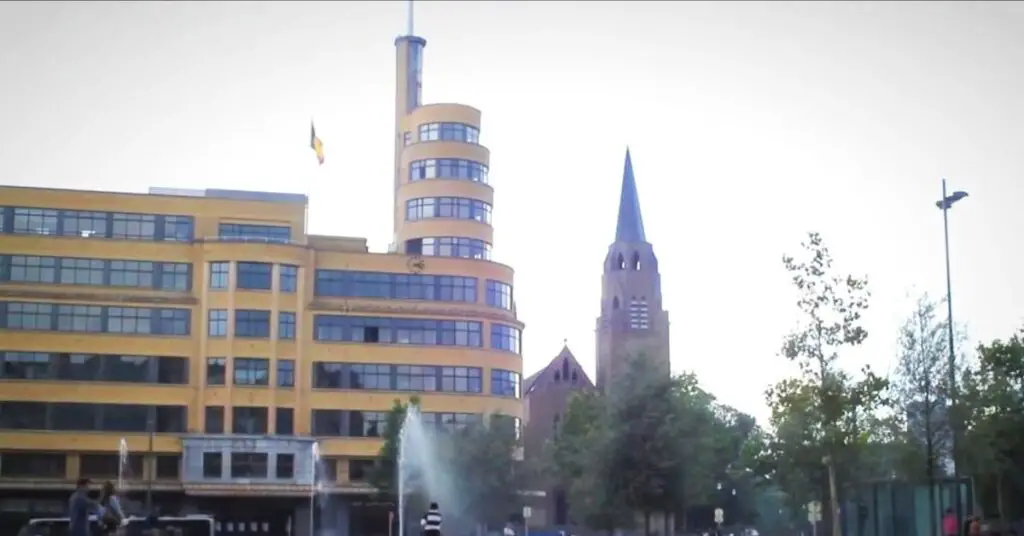
The Flagey Building, also known as the Radio House or Flageygebouw, is a cultural hub in Brussels, blending history, culture, and architectural beauty. Designed by Joseph Diongre in 1938, it housed the National Institute of Radio Broadcasting (INR) for over 30 years, becoming a vital center for radio productions and witnessing the arrival of television in Belgium. After the INR’s departure, the building served various cultural purposes before being renovated and reborn as the Maison de la Radio Flagey in 2002.
The building’s architectural brilliance, including its sleek lines, rounded corners, and expansive windows, creates a sense of modernity and grace. Today, the Flagey Building hosts a world-class concert hall, film exhibitions, and a cozy café. It also houses a radio studio for live broadcasts and recordings, preserving the building’s connection to its broadcasting roots.
21) Ixelles Cemetery:
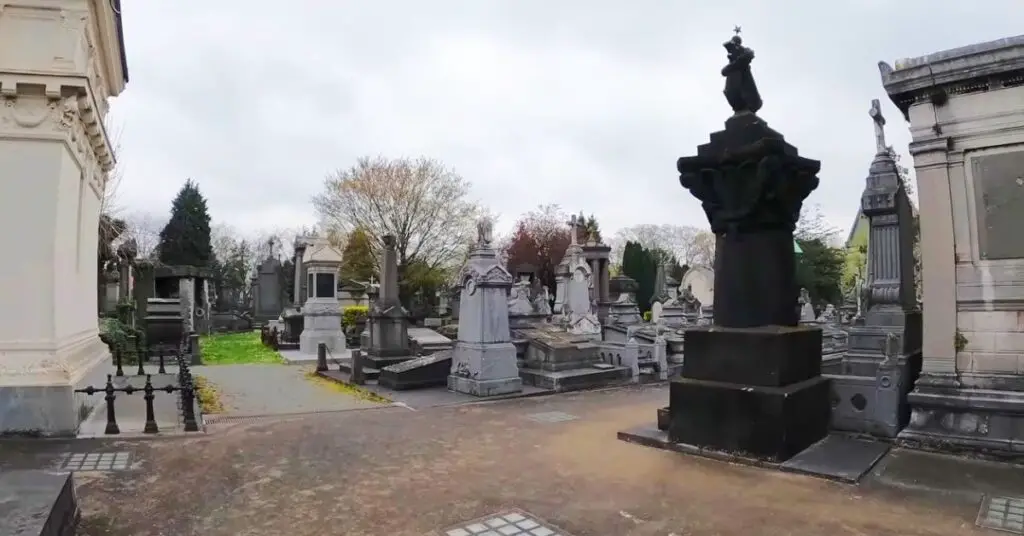
The Ixelles Cemetery in Brussels is a unique blend of history, art, and serene beauty. It offers a vibrant tapestry of life and death, with tombstones and monuments that tell stories of famous figures like Victor Horta, Constantin Meunier, and Ernest Solvay. The cemetery also features war graves, family plots, and memorials that tell the tales of ordinary people who shaped the city’s history.
The lush greenery, colorful flowers, and towering trees create a peaceful oasis, offering a peaceful reflection and unexpected beauty. Beyond the monuments, Ixelles offers hidden gems such as a memorial for abandoned babies, a quirky tomb with a miniature train, and the “Field of Honor,” where fallen soldiers rest. Visitors can also enjoy guided tours or open-air concerts, adding a layer of cultural richness to their visit.
22) Brussels Park:
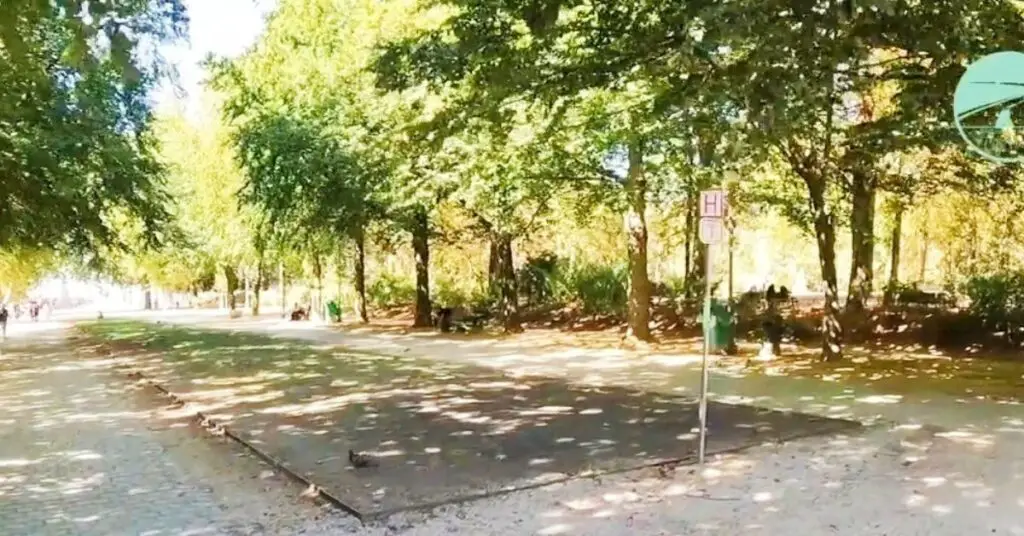
Brussels Park, also known as Parc de Bruxelles, is a historic park in Brussels that offers relaxation, recreation, and cultural immersion. Originally transformed from hunting grounds in the 18th century, it features elegantly landscaped gardens, neoclassical statues, and fountains. Visitors can enjoy scenic strolls, serene relaxation, and family fun activities like playgrounds, puppet shows, and miniature railway rides.
The park also features hidden artistic gems, such as sculptures and Art Deco pavilions, and hosts events like live music performances and open-air markets. Beyond the park, visitors can explore other cultural treasures like the Royal Palace and museums like the Musées Royaux des Beaux-Arts de Belgique.
23) Koekelberg Basilica:
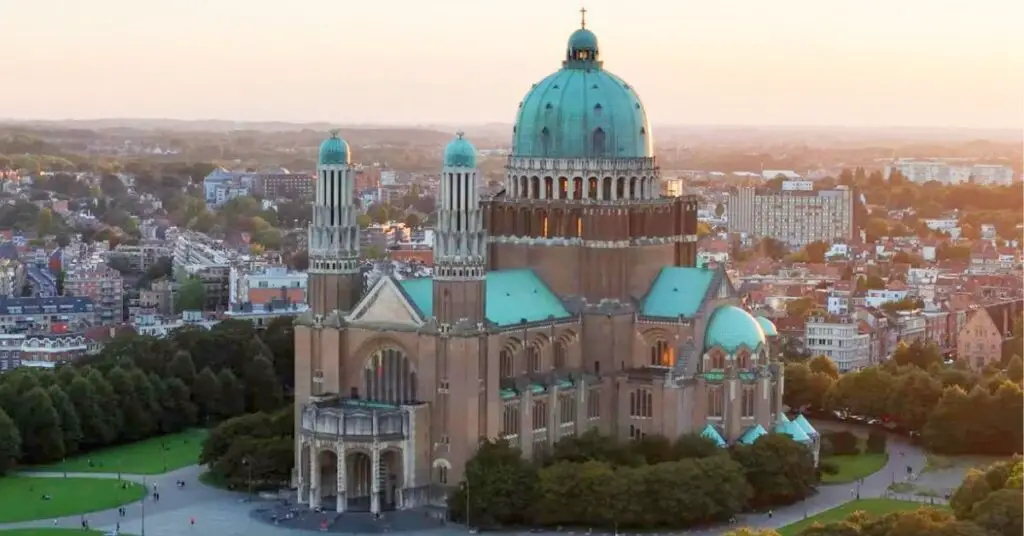
The Koekelberg Basilica, built between 1905 and 1970, is a monumental masterpiece in Brussels, the world’s fifth-largest church and the largest Art Deco edifice. Its sheer scale, with a soaring cupola and a nave stretching 141 meters, is a sight to behold. The basilica also serves as a cultural hub, hosting concerts, exhibitions, and a museum dedicated to the history of the Black Sisters.
Its architectural journey, a blend of Neo-Byzantine and Moderne styles, is captivating with stained glass windows, geometric mosaics, and Art Deco sculptures. Built after World War I, the basilica is a symbol of peace and reconciliation, hosting interfaith events and promoting dialogue and understanding.
24) Royales Saint-Hubert Galleries:
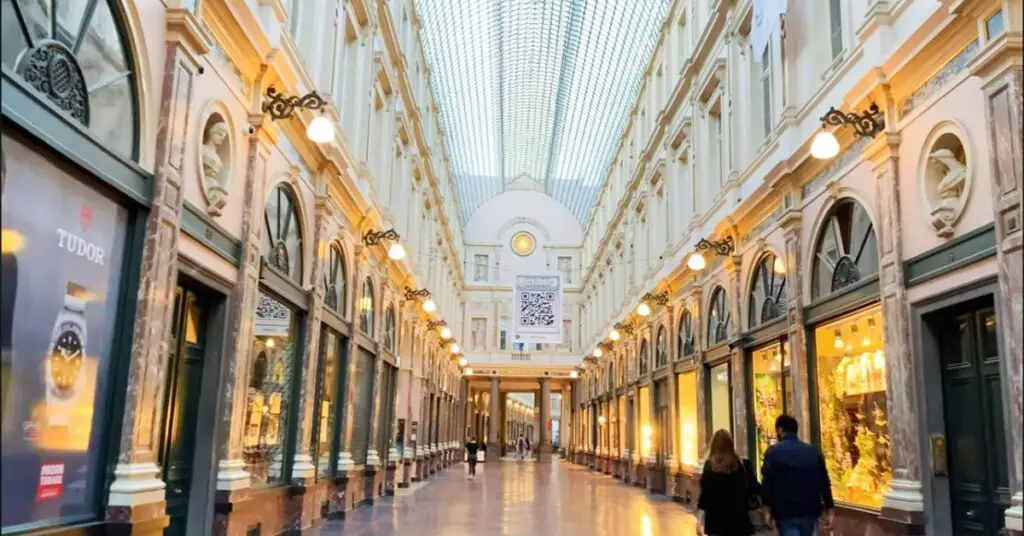
The Royales Saint-Hubert Galleries, Europe’s oldest covered shopping arcades, are a must-visit for those seeking architectural splendor, upscale shopping, and a vibrant atmosphere. Built in the mid-19th century, the three glass-vaulted arcades, named after the reigning monarchs, offer a glimpse into the city’s rich history and architectural beauty.
The galleries include the King’s Gallery, Queen’s Gallery, and Prince’s Gallery, each with its own unique charm. Beyond retail therapy, the galleries offer street performers, elegant cafes, and restaurants, and during the holiday season, they transform into a winter wonderland. The ornate mosaic floors and traditional shopfronts whisper stories of the Belle Époque era.
25) Maison Dandoy:
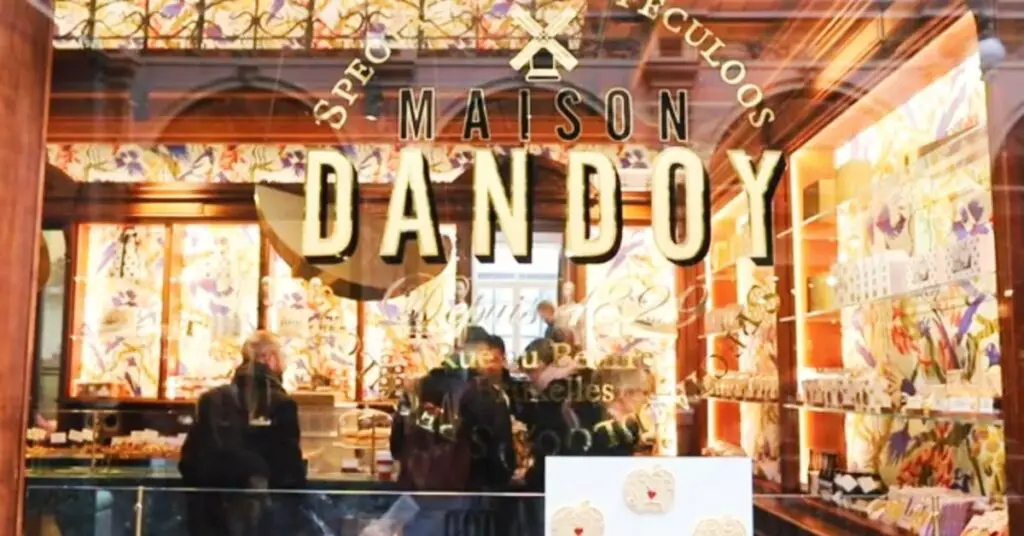
Maison Dandoy is a Brussels bakery that celebrates Belgian craftsmanship and delicious treats. Founded in 1829 by Jean-Baptiste Dandoy, the family-run business has passed down its recipes and techniques to generations. The bakery offers a symphony of sweetness with freshly baked cookies and colorful tins and boxes.
They also offer tea rooms, biscuit boxes, and workshops for cookie-making enthusiasts. Whether you’re a connoisseur of fine pastries or simply enjoy sweet treats, Maison Dandoy has something for everyone. They offer a unique experience at their flagship store in Brussels, through select retailers, and online.
FAQs
-
What is the best time to visit Brussels?
Brussels is a stunning city that you can explore throughout the year, but the months of spring and autumn (April–May and September–October) provide the most delightful weather. If you’re looking to immerse yourself in the city’s festive atmosphere, December is an ideal time to visit. You can enjoy the enchanting Christmas markets and mesmerizing light displays. Just remember that hotel prices tend to be higher during this period.
-
How many days do I need to spend in Brussels?
Brussels’ main attractions may be seen in two or three days, but if you want to spend more time learning about the history and culture of the city, you could easily spend a week or more. Additionally, Brussels is an excellent starting point for seeing other regions of Belgium, such as Bruges and Ghent.
-
How do I get around Brussels?
The public transport system in Brussels is good and consists of bus, tram, and metro lines. The city is also easily navigable by bicycle or foot. Although they are readily available, taxis can be pricey.
-
In Brussels, what language is spoken?
Dutch and French are Brussels’ official languages. Still, a large portion of the city’s population speaks English.
-
Which sites in Brussels are a must-see?
The most visited tourist destinations in Brussels include the Grand Place, the Atomium, the Royal Palace, the Manneken Pis, and Cinquantenaire Park.
-
Are there any free things to do in Brussels?
Yes, there are a lot of free things to do in Brussels, including strolling around the Grand Place, going to the Cathedral of Saint. Michael and St. Gudula, or going for a stroll through the Bois de la Cambre park.
-
What foods in Brussels should you never miss?
Try some of the regional favorites, such as waffles, fries, and chocolate; Brussels is a foodie’s delight.
-
Is the area of Brussels safe?
Though in any large city, Brussels is typically safe, it’s nevertheless advisable to be alert to your surroundings and take preventative measures against small-time theft.
-
Is Brussels’ central square the Grand Place?
Yes, Brussels’ central square, the Grand Place, commonly referred to as the Grote Markt, is a UNESCO World Heritage Site. It is well known for its breathtaking architecture and holds a number of events all year.
-
What can I explore in Brussels’ European Quarter?
The European Parliament and other EU institutions are housed in the European Quarter. Visit Parc Leopold, Cinquantenaire Park, and the Berlaymont building, which represent the city’s position in European politics, for yourself.
-
Are there any museums in Brussels that are worth seeing?
Yes, there are a lot of museums in Brussels. Popular options that highlight art, history, and culture are the Magritte Museum, the Royal Museums of Fine Arts, and the Belvue Museum.
-
Can I visit the atomium? And which attractions are nearby?
Yes, the Atomium in Brussels is a well-known monument. Laeken Castle and Mini-Europe, a small park, are nearby attractions. There are expansive vistas of the city from the atomium itself.
-
Where is the Manneken Pis, and what is its significance?
The well-known bronze monument of a boy urinating, known as Manneken Pis, is a representation of Brussels’ irreverent nature. It is close to the Grand Place and is frequently decked out in costumes for various events.
-
Does Brussels have any parks or green spots?
Yes, there are a number of parks in Brussels, such as Bois de la Cambre, Parc Leopold, and Cinquantenaire Park. These areas are great for outdoor activities, picnics, and relaxation.
-
Can I have a tour of Brussels’ Royal Palace?
While it is not possible for guests to enter the inside of the Royal Palace, they are still able to explore Brussels Park and see the summertime Changing of the Guard event.
-
Which Brussels shopping districts are the most popular ones?
Brussels boasts lively retail areas such as the Galeries Royales Saint-Hubert, Avenue Louise, and Rue Neuve. Local stores and upscale boutiques may be found in these neighborhoods.
